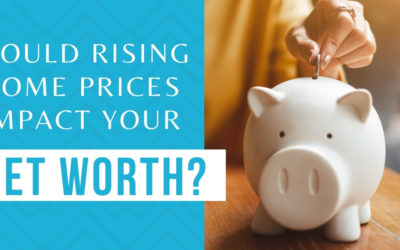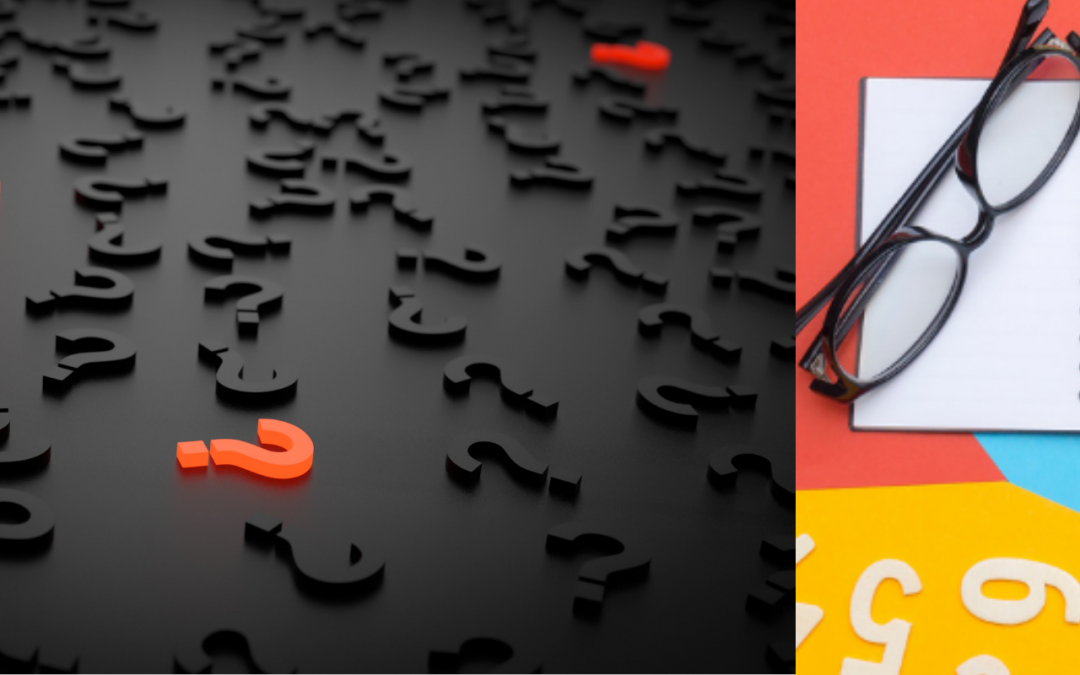Last year, one factor drove the real...

Lowest Mortgage Rates in History: What It Means for Homeowners and Buyers?
Lowest Mortgage Rates in History: What It Means for Homeowners and Buyers?
Lowest Mortgage Rates in History: What It Means for Homeowners and Buyers?
The interest rate on Canada’s most popular mortgage, the five-year fixed rate, has fallen to its lowest level in history. In early June, HSBC made headlines when it began offering Canadians a five-year fixed-rate mortgage below 2%. Multiple brokers followed suit, and some are now advertising even lower rates.[1] And while many Canadians have rushed to take advantage of this unprecedented opportunity, others question the hype. Are today’s mortgage rates really a bargain?
While discounted five-year fixed mortgage rates have hovered between 2% and 4% for the past decade, they haven’t always been so low.[2] For a period of 18 years, from 1973 to 1991, the posted five-year mortgage rate never fell below 10%. At the time, the Bank of Canada was hiking interest rates to try to stem a rising tide of inflation. It’s hard to imagine now, but the five-year fixed rate peaked at over 21% in 1981.[3] Fortunately for home buyers, inflation began to normalize soon after, sending mortgage rates on a downward trajectory that has helped make home ownership more affordable for millions of Canadians.
So what’s causing today’s five-year fixed rates to sink to unprecedented lows? Economic uncertainty.
Fixed mortgage rates move in sync with the yield offered on government-backed bonds.[4] As the corona virus pandemic continues to dampen the economy and inject volatility into the stock market, a growing number of investors are shifting their money into low-risk bonds. This increased demand has driven bond yields—and mortgage rates—down.[1]
Quantitative easing measures taken by the Bank of Canada are also helping to bring down mortgage rates. The federal bank dropped its overnight lending rate to .25%, and it continues to inject billions of dollars into the economy, giving financial institutions the confidence and ability to continue lending.[1]
HOW LOW COULD MORTGAGE RATES GO?
No one can say with certainty how low mortgage rates will fall or when they will rise again. But the Bank of Canada has signaled its commitment to keeping the policy rate at its effective lower bound of .25% for the foreseeable future, and many economists expect it to remain there through 2022.[4]
The real estate technology firm Mortgage Sandbox compiled forecast data from Bank of Montreal, Central 1, Desjardins, National Bank, Royal Bank, Scotiabank, and TD Bank. According to their analysis, the consensus was that the fixed 5-year mortgage rate will rise modestly over the next two years, averaging between 2.3% and 2.88%.[5]
While forecasts may differ, many experts agree: Those who wait to take advantage of these unprecedented rates could miss out on the deal of a lifetime. Positive news about a vaccine or a faster-than-expected economic recovery could send rates back up to pre-pandemic levels.
SHOULD I CONSIDER BREAKING MY CURRENT MORTGAGE?
If you have a variable rate or recently renewed your mortgage, you may already be enjoying the benefits of falling interest rates. But if you’re locked into a higher fixed-rate mortgage for the next several years, you’re probably wondering if it’s a good idea to refinance.
Reduced interest rates can save homeowners a bundle on both monthly payments and interest over the term of a mortgage. The chart below illustrates the potential savings when you decrease your mortgage rate by just one percentage point. When it comes to refinancing, the bigger the spread, the greater the potential savings.
Estimated Monthly Payment On 5-Year Fixed-Rate Mortgage
25-Year Amortization
|
Loan Amount |
3.5% | 2.5% | Monthly Savings | Interest Savings Over 5 Years |
| $100,000 | $499 | $448 | $51 | $4,720 |
| $200,000 | $999 | $896 | $103 | $9,441 |
| $300,000 | $1498 | $1,344 | $154 | $14,161 |
| $400,000 | $1,997 | $1,792 | $205 | $18,881 |
| $500,000 | $2,496 | $2,240 | $256 | $23,601 |
Of course, you’ll need to factor in prepayment penalties and any fees associated with your new mortgage. In some cases, these can cost as much as 4% of the mortgage amount.[6] You can use an online refinance calculator to estimate your potential savings, or we’d be happy to connect you with a mortgage professional in our network who can help you decide if refinancing is a good option for you.
HOW DO LOW MORTGAGE RATES BENEFIT HOME BUYERS?
We’ve already shown how low rates can save you money on your mortgage payments. But if you can meet the mortgage stress-test requirements,* they can also give a boost to your budget by increasing your purchasing power.
For example, imagine you have a budget of $1,500 to put toward your monthly mortgage payment. If you take out a 5-year fixed-rate mortgage at 4.0% amortized over 25 years, you can afford a loan of $285,000.
Now let’s assume the mortgage rate falls to 3.0%. At that rate, you can afford to borrow $317,000 while still keeping the same $1,500 monthly payment. That’s a budget increase of $32,000!
If the rate falls even further to 2.0%, you can afford to borrow $354,000 and still pay the same $1,500 each month. That’s $69,000 over your original budget! All because the interest rate fell by two percentage points. If you’ve been priced out of the market before, today’s low rates may put you in a better position to afford your dream home.
On the other hand, rising mortgages rates will erode your purchasing power. Wait to buy, and you may have to settle for a smaller home in a less-desirable neighbourhood. So if you’re planning to move, don’t miss out on the phenomenal discount you can get with today’s historically-low rates.

HOW CAN I SECURE THE BEST AVAILABLE MORTGAGE RATE?
The best mortgage rates are typically reserved for only highly-qualified borrowers. So what steps can you take to secure the lowest possible rate?
- Consider a Variable-Rate Mortgage
If you’re looking for the lowest rate possible, and you don’t mind the added risk, a five-year variable mortgage may be right for you. Even though the prime rate has held steady at 2.45% since April 10, lenders are gradually increasing their discount rates.[1] And interest rates are expected to remain low at least through next year.
- Opt for a Closed Mortgage
Closed mortgages usually come with hefty penalties if you opt to prepay or refinance your mortgage before the term ends. However, they offer lower interest rates than convertible or open mortgages. It’s important to note that not all closed mortgages are created equal. Before you commit, make sure you understand exactly how much you’ll be expected to pay should you need to break your mortgage mid-term.
- Give Your Credit Score a Boost
You may have heard that the Canadian Mortgage and Housing Corporation has raised its minimum credit score requirement from 600 to 680. And while there are plenty of banks willing to lend to borrowers with a lower score, their best rates go to those with excellent credit. Unfortunately, there’s no fast fix for bad credit, but you can take steps to give your score a boost before you apply for a loan[7]:
- Dispute inaccuracies on your credit report.
- Pay off debt, or spread it across multiple credit facilities.
- Charge small amounts and then quickly pay off any dormant credit cards.
- To lower your utilization rate, pay your credit card bill before the statement date.
- Make a Large Down Payment
You may be surprised to learn that the lowest advertised rates often go to insured borrowers who put down less than 20%. That’s because these “high-ratio borrowers” must pay for mortgage default insurance, which protects the lender from any financial loss. So while “conventional borrowers” who make a down payment of 20% may be charged a slightly higher interest rate, their total borrowing costs are lower because they don’t have to pay for mortgage default insurance.[8] A down payment larger than 20% can bring down borrowing costs even further.
5. Shop Around
Rates, terms, and fees can vary widely among lenders, so do your homework. If you’re renewing an existing mortgage, start with your current lender. Then contact several others to find out which one is willing to offer you the best overall deal. But be sure to complete the process within 45 days—or else the credit inquiries by multiple mortgage companies could have a negative impact on your credit score.[9]
|
READY TO TAKE ADVANTAGE OF THE LOWEST MORTGAGE RATES IN HISTORY? Mortgage rates have never been this low. Don’t miss out on your chance to lock in a great rate on a new home or refinance your existing mortgage. Either way, we can help. We’d be happy to connect you with the most trusted mortgage professionals in our network. And if you’re ready to start shopping for a new home, we’d love to assist you with your search—all at no cost to you! Contact us today to schedule a free consultation. |
The above references an opinion and is for informational purposes only. It is not intended to be financial advice. Consult a financial professional for advice regarding your individual needs.
Sources:
2023 Canada Real Estate Market Outlook
8 Strategies to Secure a Lower Mortgage Rate
Interest rates have risen rapidly this...
5 Ways to Write a Winning Offer in Today’s Real Estate Market
Our nation is in the midst of a shifting real estate market. But even as the buying frenzy begins to slow, many properties are still receiving multiple offers…
Seller’s Checklist: A Timeline to Prep Your Home for Sale
If you’re looking to sell in the near future, now is the time to consider how you can stand out.
8 Popular Home Design Features for 2022
If you’re looking to sell in the near future, now is the time to consider how you can stand out.
Could Rising Home Prices Impact Your Net Worth?
A good portion of every family’s wealth comes from the equity in the home they live in. As the value of their home (an asset) increases so does their equity.
New Year, New Home? Set Homeownership Goals Whether You’re Buying, Selling, or Staying Put
Losing weight, saving money, breaking bad habits… At the start of each new year…
Move-Up vs. Second Home: Which One Is Right For You?
The pandemic has changed the way many of us live, work, and attend school—
Lowest Mortgage Rates in History: What It Means for Homeowners and Buyers?
Mortgage rates have hit an all time low! Find out how you can secure the best available rate for a renewal, refinance, or home purchases in my latest article.
Add Value To Your Home With These 9 DIY Improvements
Looking for ways to maximize your home’s sales appreciation potential? Here”s 9 simple do-it-yourself upgrades that add function, beauty, and real value to your home.















